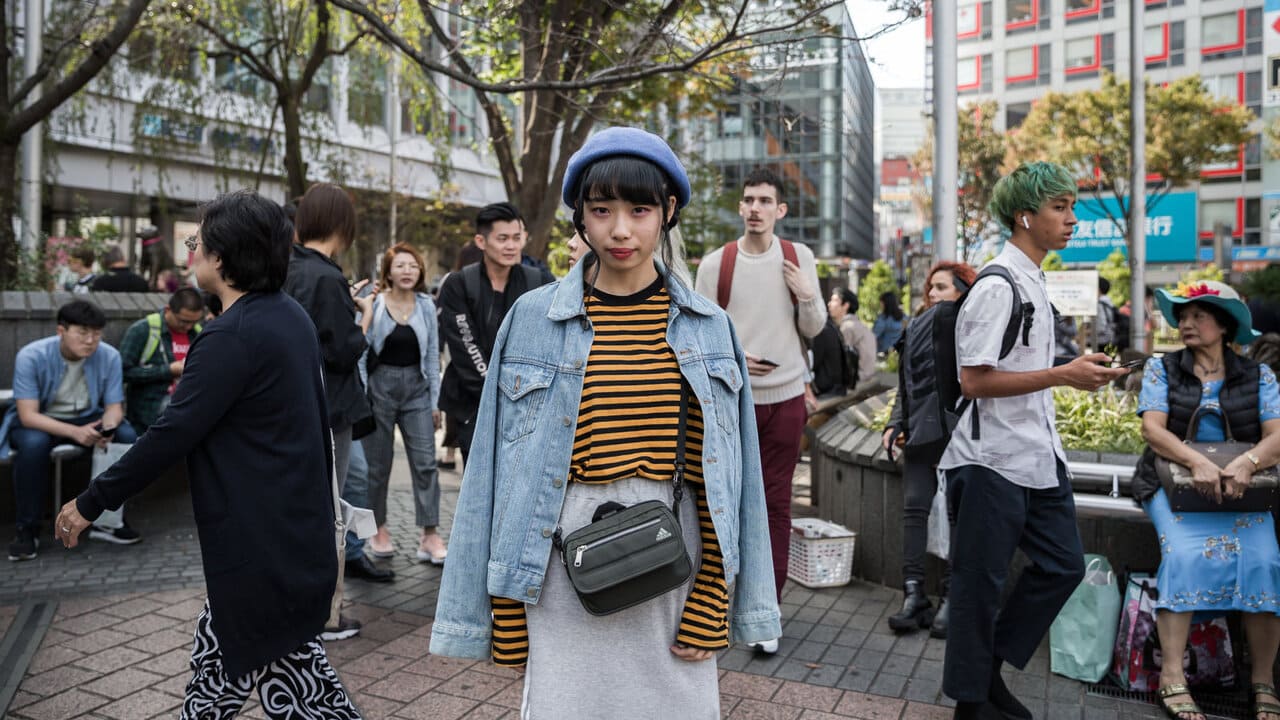
The Berkshire Mall – When it comes to street fashion that defies rules, embraces individuality, and blends tradition with rebellion, no place compares to Japan especially the vibrant corners of Harajuku, Shibuya, and Shimokitazawa. These districts aren’t just shopping zones they’re living catwalks where clothing becomes a form of cultural storytelling, protest, and creativity. Japanese street style isn’t one trend it’s an ever-shifting spectrum.
The roots of Japanese street fashion can be traced back to the post-World War II era, when Japan’s youth sought new cultural expressions. Western fashion slowly crept into everyday life, but instead of blindly mimicking it, young people began mixing Western silhouettes with traditional Japanese garments like the kimono, yukata, and hakama.
By the 1990s, Japanese street fashion had evolved into a full-blown cultural force. Magazines like FRUiTS documented the wildly unique outfits of Harajuku teens, inspiring a generation of fashion rebels around the globe.
Read More : Not Just for the Gym: How Women Are Styling Sneakers Everywhere
One of the most visually iconic movements is Lolita fashion not to be confused with the Western interpretation of the term. Rooted in Victorian and Rococo styles, Lolita fashion emphasizes petticoats, lace, bows, and modesty. Subgenres like Sweet Lolita, Gothic Lolita, and Classic Lolita allow wearers to express different moods, from childlike whimsy to somber elegance.
Decora, on the other hand, takes maximalism to its extreme. Think layers upon layers of colorful accessories, clashing prints, cartoon characters, and hair clips covering the entire head. The philosophy is simple: more is more.
These styles often challenge conventional beauty standards and gender expectations. They’re not costumes but expressions of personal identity and empowerment.
Japanese street style also explores the shadow side of expression. Techwear and Cyberpunk styles blend utilitarian silhouettes with futuristic edge often featuring buckles, straps, monochrome tones, and military-inspired details. These styles reflect a fascination with dystopian fiction and technological anxiety.
Visual Kei, heavily inspired by Japanese rock musicians, incorporates gothic elements, dramatic makeup, and androgynous clothing. It blurs the lines between fashion and performance art, often associated with bands like X Japan or The Gazette.
These darker aesthetics reject conformity and challenge the viewer’s expectations of fashion as merely decorative.
Read More : Mark Twain Overlook: A Scenic Tribute to a Legendary Storyteller
In recent years, a genderless fashion movement has emerged in Tokyo, especially among Gen Z. This style features fluid silhouettes, oversized clothing, neutral palettes, and a rejection of gender-specific fashion rules. It’s about comfort, authenticity, and erasing the binary boundaries of clothing.
Paired with Japan’s love for minimalism, this wave has also brought popularity to Muji-inspired looks: clean lines, natural fabrics, and soft colors that focus on simplicity and intention.
Unlike the maximalist styles of the past, these outfits are quieter but no less expressive.
If you’re visiting Japan and want to witness Japanese street style firsthand, there are several hotspots:
But don’t limit your expectations style lives everywhere in Japan, from subways to cafés. Every street is a runway.
Instead of a conclusion, let’s shift focus to what comes next the globalization of Japanese street fashion.
Thanks to social media platforms like Instagram, TikTok, and YouTube, Japanese street style now inspires fashion creators worldwide. From Seoul to São Paulo, young designers and influencers adapt Harajuku’s philosophy of self-expression into their own cultural contexts.
Major fashion houses like Gucci, Comme des Garçons, and Sacai have also embraced these elements, incorporating streetwear energy into their couture lines. Even brands like UNIQLO have quietly introduced Japanese sensibilities clean designs, function-first pieces to the global mainstream.
Japanese street style is no longer confined to a neighborhood or country. It’s a movement a living archive of fashion as freedom.